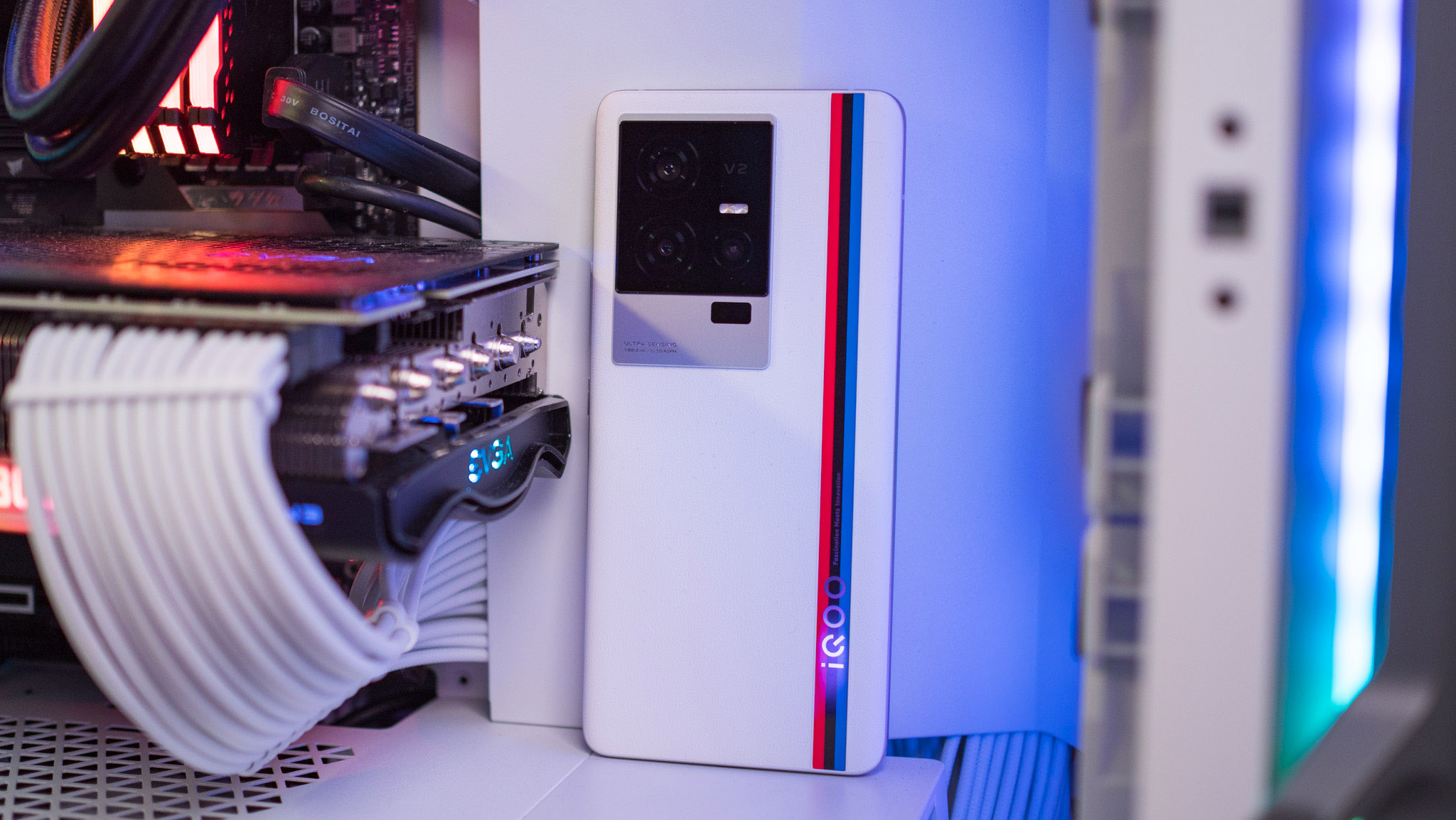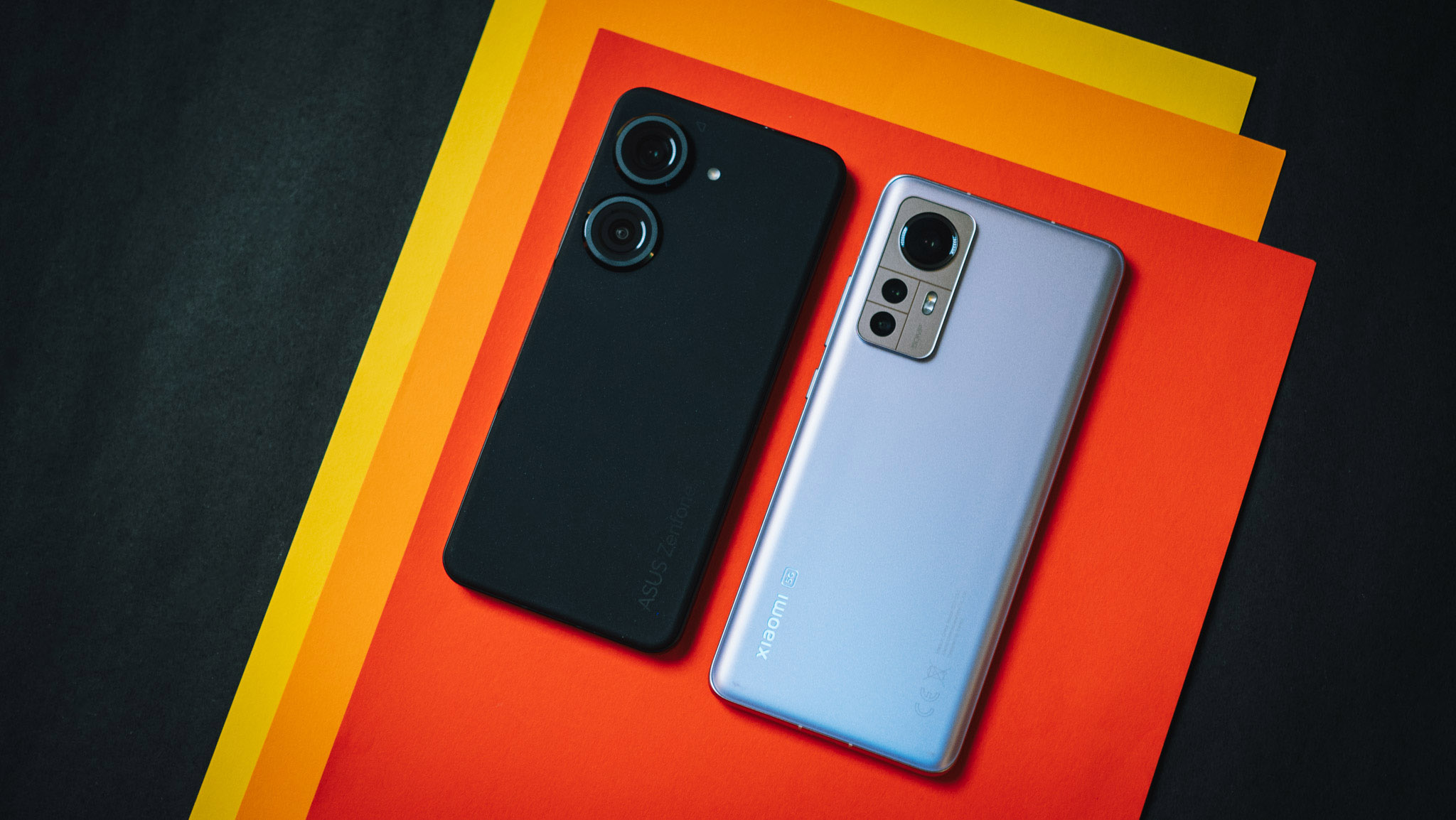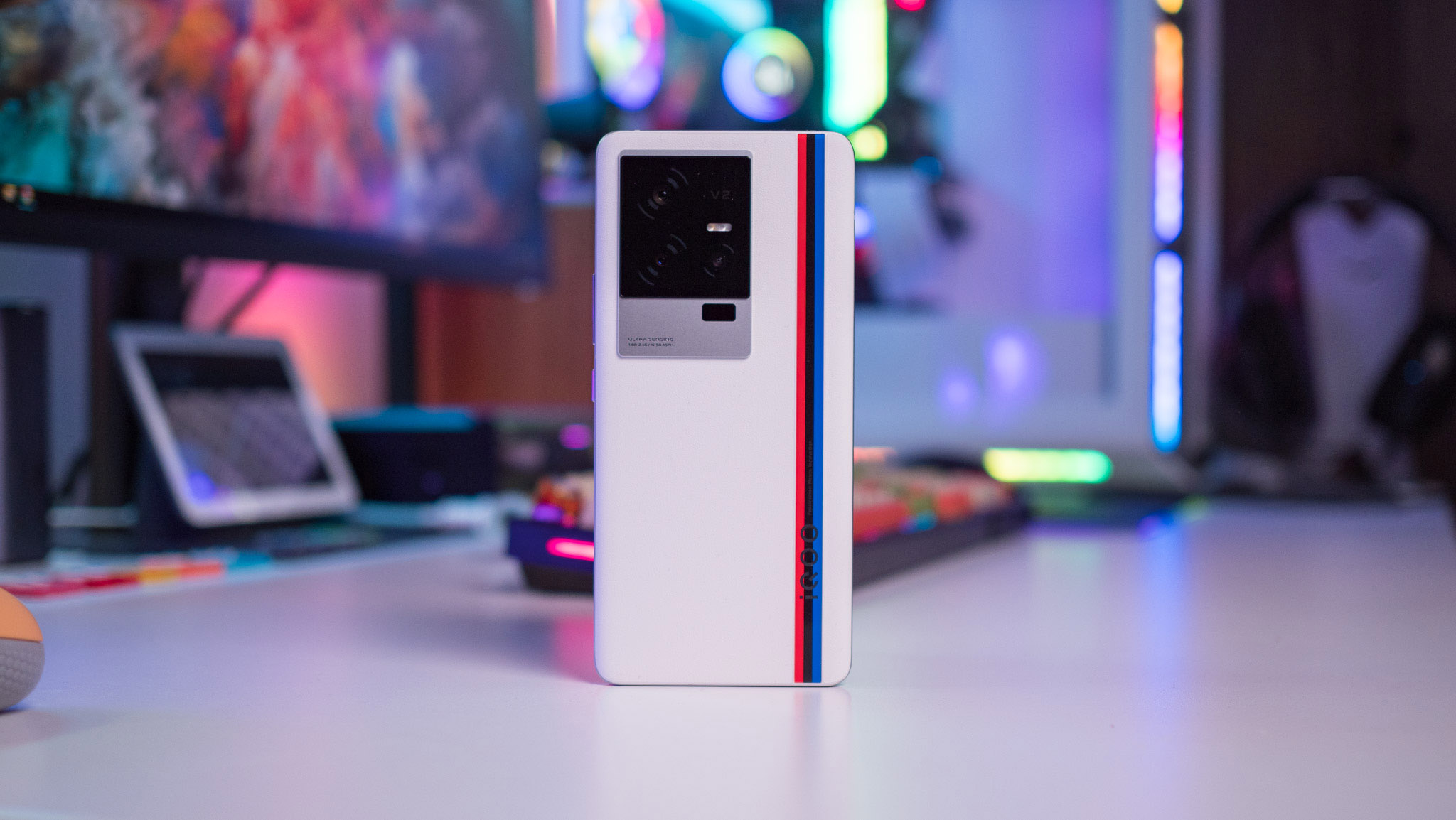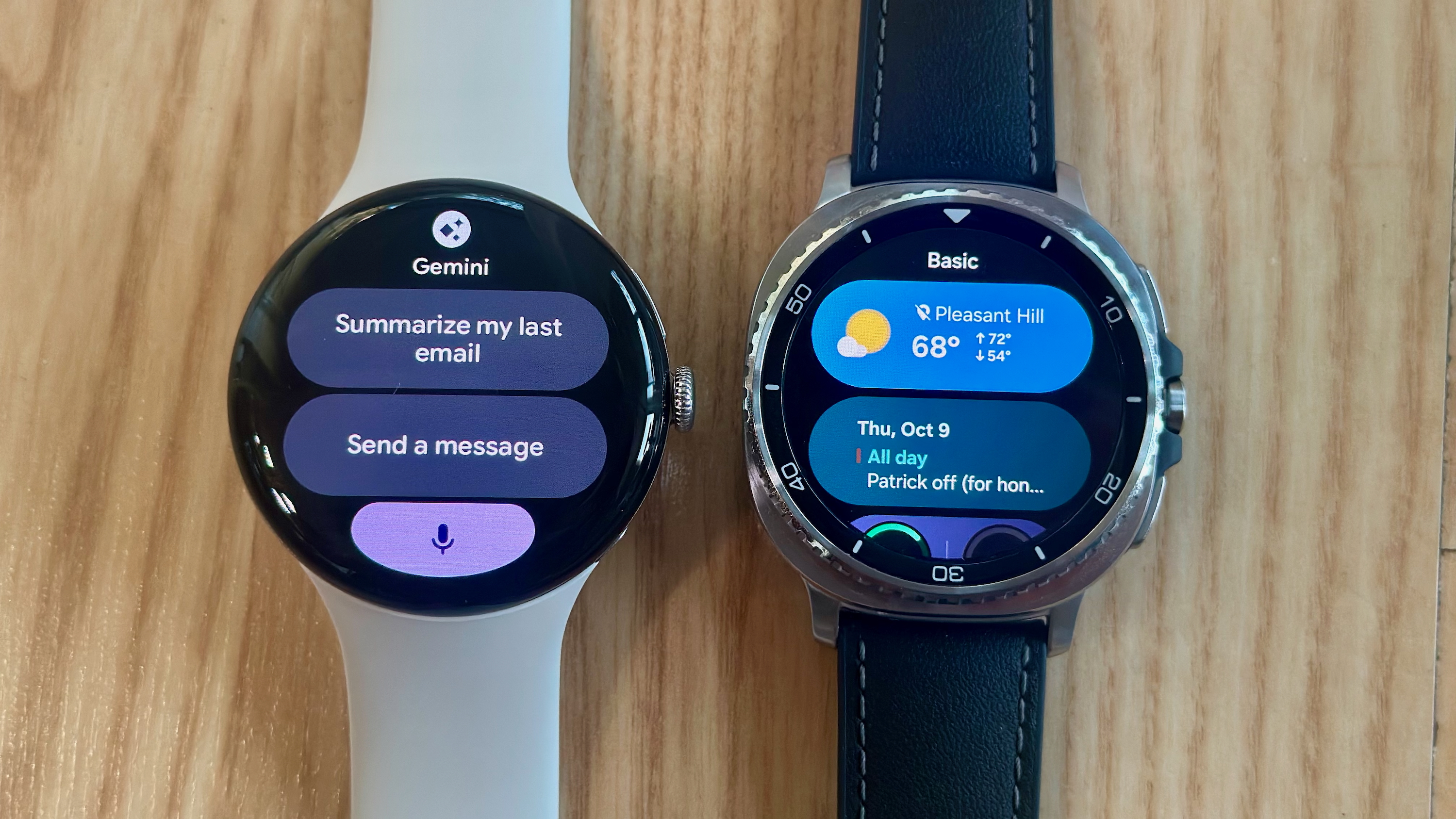Snapdragon 8 Gen 2 vs. 8+ Gen 1 vs. 8 Gen 1: Testing performance and battery life
There's a lot to like in Qualcomm's 2023 flagship chipset.

Qualcomm switched up the naming of its Snapdragon platform last year with the introduction of the Snapdragon 8 Gen 1, and while the chipset had enticing upgrades, it had overheating issues.
The chip vendor course-corrected in the latter half of the year with the launch of the Snapdragon 8+ Gen 1, switching to TSMC's established 4nm node over Samsung LSI. The move resulted in huge efficiency gains, making the 8+ Gen 1 a little more exciting than the usual mid-cycle refresh.
Qualcomm is once again doing things a bit differently for 2023, with the Snapdragon 8 Gen 2 featuring four distinct Cortex cores in a new configuration. It's still built on a 4nm node, but you'll find a noticeable uptick in thermal efficiency.
I used the Snapdragon 8 Gen 2-powered iQOO 11 for the better part of a month now, and tested it alongside the best Android phones of 2022. With the 2023 launch cycle set to kick off and a wave of phones powered by Qualcomm's latest silicon debuting in the coming days, let's take a look at what you get with the Snapdragon 8 Gen 2, and whether it's a noticeable upgrade.
Snapdragon 8 Gen 2 vs. 8+ Gen 1 vs. 8 Gen 1: Hardware overview
Why you can trust Android Central
It's clear that the way forward for Qualcomm and the industry is 64-bit hardware, but because there's still a need for legacy 32-bit use cases, the Snapdragon 8 Gen 2 features a combination of the latest and last-gen Cortex cores.
But what's interesting this year is the switch to a 1 + 4 + 3 core layout, a first for Qualcomm. For the last four years, Qualcomm used a 1 + 3 + 4 configuration with four energy-efficient cores doing a bulk of the heavy lifting for mundane tasks, and while there's one fewer core this time around, overall optimizations with the architecture allowed Qualcomm to deliver net gains on the efficiency side of things.
Here's a high-level overview of the hardware:
| Category | Snapdragon 8 Gen 2 | Snapdragon 8+ Gen 1 | Snapdragon 8 Gen 1 |
|---|---|---|---|
| CPU | 1 x 3.2GHz Cortex X3, 2 x 2.8GHz Cortex A715, 2 x 2.8GHz Cortex A710, 3 x 2.0GHz Cortex A510 | 1 x 3.19GHz Cortex X2, 3 x 2.75GHz Cortex A710, 4 x 1.8GHz Cortex A510 | 1 x 3.0GHz Cortex X2, 3 x 2.5GHz Cortex A710, 4 x 1.8GHz Cortex A510 |
| GPU | Adreno 740 | Adreno 730 | Adreno 730 |
| Display | 4K at 60Hz, QHD+ at 144Hz | 4K at 60Hz, QHD+ at 144Hz | 4K at 60Hz, QHD+ at 144Hz |
| Memory | LPDDR5X | LPDDR5 | LPDDR5 |
| Connectivity | Snapdragon X70 5G modem, up to 10Gbit downlink, FastConnect 7800 with Wi-Fi 7, Bluetooth 5.3 | Snapdragon X65 5G modem, up to 10Gbit downlink, FastConnect 6900 with Wi-Fi 6e, Bluetooth 5.2 | Snapdragon X65 5G modem, up to 10Gbit downlink, FastConnect 6900 with Wi-Fi 6e, Bluetooth 5.2 |
| Camera | 200MP single shot, 108MP zero shutter lag, 64MP + 36MP zero shutter lag, 10-bit HEIF | 200MP single shot, 108MP zero shutter lag, 64MP + 36MP zero shutter lag, 10-bit HEIF | 200MP single shot, 108MP zero shutter lag, 64MP + 36MP zero shutter lag, 10-bit HEIF |
| Video | 8K HDR video at 30fps, 4K at 120fps, 720p at 960fps | 8K HDR video at 30fps, 4K at 120fps, 720p at 960fps | 8K HDR video at 30fps, 4K at 120fps, 720p at 960fps |
| Decode | AV1, H.265, VP9 | H.265, VP9 | H.265, VP9 |
| Manufacturing node | TSMC 4nm | TSMC 4nm | Samsung 4nm |
The new core configuration with an increased focus on the performance cluster allows the Snapdragon 8 Gen 2 to do much better with multi-core workloads. The decision to use the older Cortex A710 and A510 cores was clearly necessitated by a need to work with 32-bit apps, and while this isn't an issue with the Play Store, things are a bit different in China, where Qualcomm has a huge install base.
There's a lot to like on the gaming front, and the Adreno 740 has a decent uptick over last year's Adreno 730. What's interesting here is that there's ray tracing, so we may get to see mobile games that leverage the tech.
What's also new with this generation is AV1 decode; this was a glaring omission last year, so it's good to see Qualcomm make amends. The Snapdragon 8 Gen 2 also picks up a new Wi-Fi modem that includes Wi-Fi 7, but it's unlikely the feature will be leveraged by most manufacturers given the dearth of Wi-Fi 7 routers at the moment.
Qualcomm hasn't changed much on the imaging side of things, with the Snapdragon 8 Gen 2 using the same foundation as last year.
Snapdragon 8 Gen 2 vs. 8+ Gen 1 vs. 8 Gen 1: Performance

I'm using the iQOO 11 as the baseline for the Snapdragon 8 Gen 2, ASUS Zenfone 9 for the 8+ Gen 1 and Galaxy S22 Ultra for the 8 Gen 1.
| Category | Snapdragon 8 Gen 2 | Snapdragon 8+ Gen 1 | Snapdragon 8 Gen 1 |
|---|---|---|---|
| CrossMark (Overall) | 1074 | 1008 | 999 |
| Productivity | 968 | 967 | 980 |
| Creativity | 1148 | 1042 | 990 |
| Responsiveness | 1202 | 1036 | 1087 |
| Geekbench 5.1 (single-core) | 1474 | 1311 | 1005 |
| Geekbench 5.1 (multi-core) | 4760 | 4286 | 3152 |
| 3DMark Wild Life Extreme (score) | 2838 | 2801 | 2098 |
| 3DMark Wild Life Extreme (FPS) | 17 | 16.75 | 12.55 |
Thanks to the new core configuration, the Snapdragon 8 Gen 2 has a sizeable lead over the Snapdragon 8 Gen 1 and 8+ Gen 1 in multi-core scores, and the Cortex X3 has a slender lead over the X2 for single-core workloads as well.
The Adreno 740 has a huge advantage over the Snapdragon 8 Gen 1 in particular, and that's down to the thermal throttling issues that plagued Qualcomm's 2022 platform. The 8+ Gen 1 didn't have those issues, and that's why it's nearly on par with the 8 Gen 2 in 3DMark's Wild Life Extreme.
While there is noticeable uptick with the Snapdragon 8 Gen 2, I didn't notice any difference in real-world use. The Zenfone 9 with the Snapdragon 8+ Gen 1 was just as fluid in all day-to-day tasks and the games I tested, and I didn't see any slowdowns with the 8 Gen 1 either.
This isn't a new phenomenon as Qualcomm's high-end platforms have offered plenty of headroom for a while now, and even going back to the Snapdragon 888, I didn't run into any issues while gaming.
So if you're eyeing the Snapdragon 8 Gen 2 thinking it will be noticeably faster in daily use, that isn't the case. That said, there is a clear differentiator for Qualcomm this year, and that's gaming. The Snapdragon 8 Gen 2 is absolutely amazing for gaming, and it manages to deliver sustained performance without any throttling whatsoever.
The best part is that there's no overheating even during extended gaming sessions, so if you play a lot of games on your phone and are considering an upgrade this year, you'll find plenty to like with the Snapdragon 8 Gen 2.
Snapdragon 8 Gen 2 vs. 8+ Gen 1 vs. 8 Gen 1: Battery life
The biggest differentiator for the Snapdragon 8 Gen 2 is the battery life, with Qualcomm's tweaks for 2023 netting noticeable gains here. The iQOO 11 lasted noticeably longer than the iQOO 9 Pro with a similar usage pattern, and I see that being the case with other 2023 phones featuring Qualcomm's latest silicon.
That should be welcome news to those eyeing a new phone this year; the 8 Gen 2 delivers excellent figures even with heavy use, and the switch to the new core configuration makes a noticeable difference in this scenario.
The 8+ Gen 1 already fixed a lot of the issues in this area, and Qualcomm is building on that foundation with the 8 Gen 2.
Snapdragon 8 Gen 2 vs. 8+ Gen 1 vs. 8 Gen 1: Is it worth the upgrade?

While the Snapdragon 8 Gen 2 doesn't offer too many new features, it absolutely makes a difference in key areas: gaming and battery life. The platform is much better with sustained gaming performance, and you won't see any lag or overheating even during extended gaming sessions — this just isn't the case with the Snapdragon 8 Gen 1.
There's also a noticeable uptick on the battery side of things, and you should see an additional 45 minutes to an hour's worth of screen-on-time over the 8 Gen 1 with the same use cases.
Throw in AV1 decode and Wi-Fi 7 connectivity and the Snapdragon 8 Gen 2 suddenly becomes a much more enticing option. So if you're mulling an upgrade in 2023, there's plenty of reasons to make the switch to a phone featuring the Snapdragon 8 Gen 2. If last year was any indication, there won't be any shortage of choice.
Get the latest news from Android Central, your trusted companion in the world of Android

Harish Jonnalagadda is Android Central's Senior Editor overseeing mobile coverage. In his current role, he leads the site's coverage of Chinese phone brands, networking products, and AV gear. He has been testing phones for over a decade, and has extensive experience in mobile hardware and the global semiconductor industry. Contact him on Twitter at @chunkynerd.
